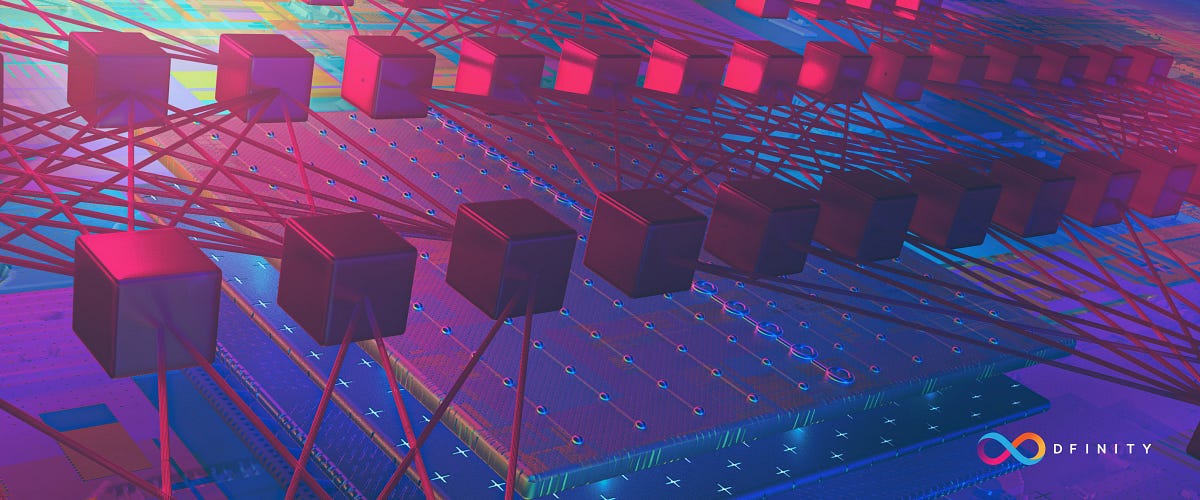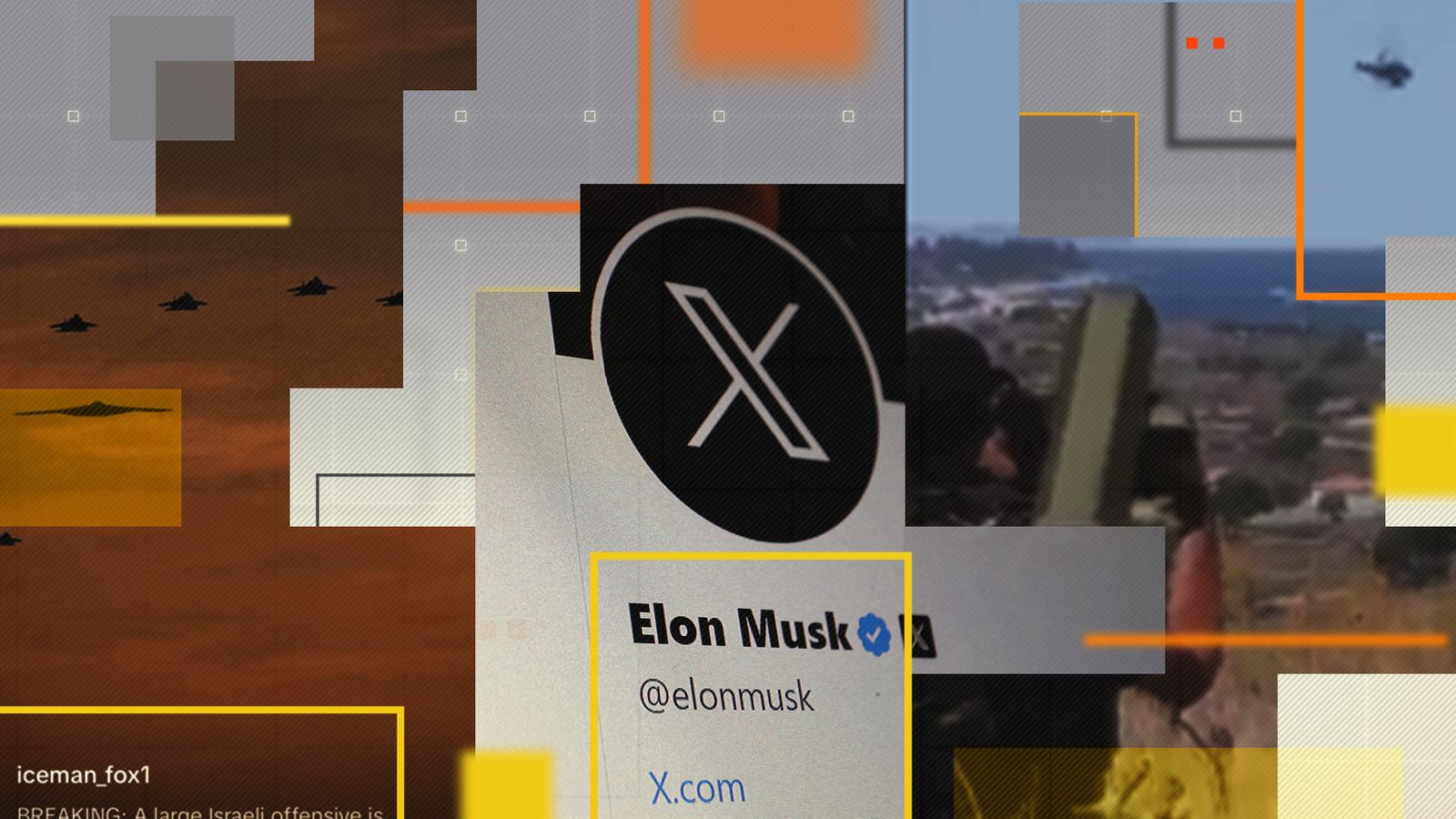Table of Contents
The Web Laptop or computer blockchain is constantly upgrading alone without having the want for divisive tricky forks and disruptions to the network. The Community Nervous Method (NNS) is the autonomous tokenized governance program that will make this possible, controlling the World wide web Laptop in a totally open, permissionless, and decentralized way. By staking ICP utility tokens in voting neurons, the NNS permits any individual in the entire world to post and vote on proposals to the community. If adopted, the proposals are executed immediately, enabling the community to adapt in actual time.
The DFINITY Foundation is committing R&D assets to the World wide web Computer system ecosystem in the variety of specialized contributions, which are matter to group discussion, voting, and adoption through NNS proposals. At each phase of a proposal’s lifecycle, neuron holders have the potential to immediate the Foundation’s efforts in generating the World wide web Laptop or computer extra economical, more quickly, and a lot easier to use for builders. The group decides what updates are initiated and what code is adopted.
As 2021 will come to an finish, the Basis is outlining its R&D plans for the up coming couple of many years, and in recent months has been in search of the community’s enter and comments on these programs. (Remember to see the Developer Discussion board for in-depth explanations.) Rather than owning voting for a slate of proposals unfold around lots of times, there will be a one voting period of time beginning on Monday, December 20, that involves all of them, making it possible for neuron holders to conveniently evaluation the proposals within just the NNS front-close dapp and history all of their votes.
VOTING IS Reside: See beneath for backlinks to vote on the proposals. DFINITY is abstaining from voting, so be guaranteed to take part in buy to log your vote and receive benefits.
The 25 movement proposals outlining significant updates and new capabilities are detailed in element beneath, and provide an on-chain system for the group to vote on the blockchain’s long term route. Preceding movement proposals have revolved all over unique options and tended to have apparent, finite targets that are sent and completed. They also tended to be calculated in days, weeks, or months. The following proposals have a broader way and scope across active areas of R&D, involving deep investigation in cryptography, networking, dispersed methods, language, virtual machines, and running methods. They correspond to where the strengths of the DFINITY Foundation’s complex know-how are greatest suited.
Take note: Make sure you do not vote “reject” in purchase to prioritize just one of these extensive-time period R&D tasks over other individuals. Prioritization of these initiatives can be identified by means of group conversations.
To align the World-wide-web Personal computer neighborhood all-around a shared knowledge of these significant complex initiatives, this effort will publicly discover researchers and engineers with issue experience to have interaction and explore with the group. There will also be a lot of observe-up discussions and proposals on each individual topic when operate is underway and smaller milestones and duties are described.
VOTE ON THE PROPOSALS Listed here:
- Integration with Ethereum
- Typical Integration
- Decentralized CA and DNS
- Dependable Execution-Increased IC
- Dapp Governance (SNS)
- DeFi Enhancements
- Node Effectiveness
- Scalability
- Storage Subnet Blockchains
- Protected OS
- Tokenomics
- SDK
- Motoko
- Submit-Quantum Security
- Net Identification
- Privateness: Multi-Bash Computation
- Formal Verification
- Safety Proofs
- Malicious Node Security
- People Functions
- Decentralized Node Management
- Boundary Nodes
- Subnet Blockchain Splitting
- Canister Migration
- Subnet Blockchain Restoration






More Stories
Israel-Hamas war: Fireworks displays and computer video games among phony conflict video clips viewed millions of times on social media | Environment News
M5Stack Cardputer – A $30 card-sized ESP32-S3 computer with display and keyboard
How quantum algorithms remedy issues that classical pcs just cannot